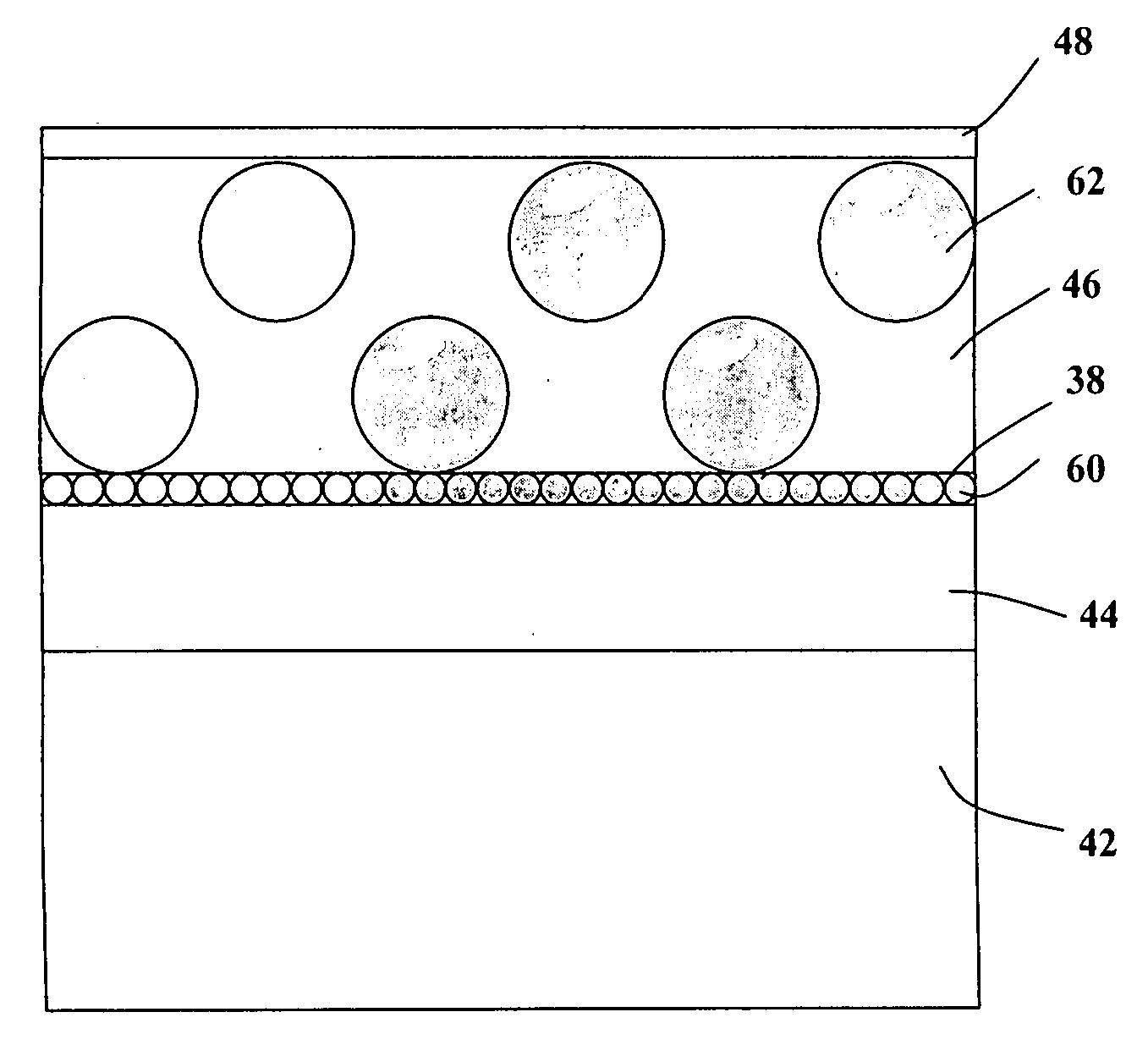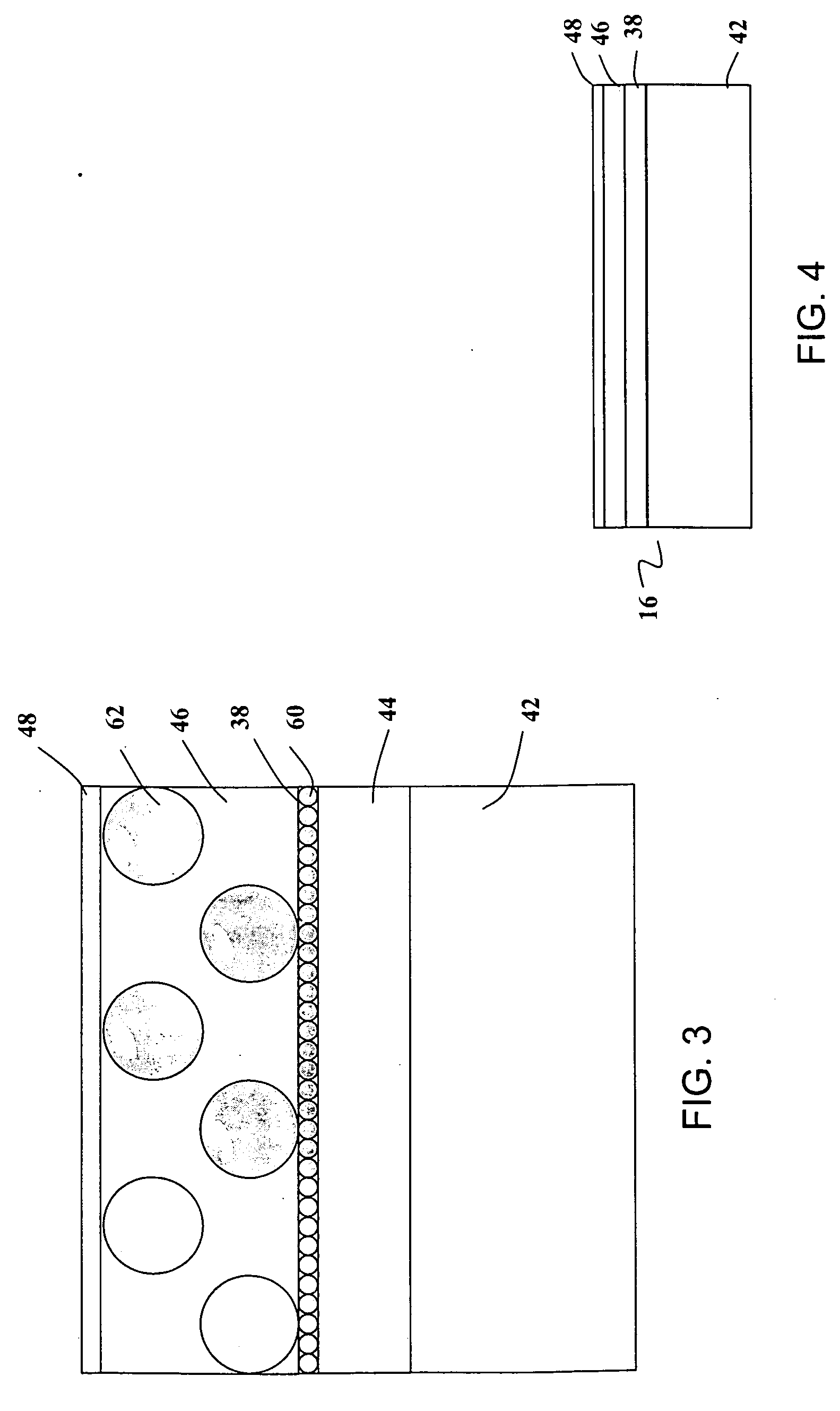Mass storage apparatus using fluorine mediated self-assembly monolayers of nanoparticles recording medium
a recording medium and mass storage technology, applied in the field of mass storage apparatus, can solve the problems of uniformity, inability to archival data storage purposes, and the common use of cobalt-alloy-based recording media, and achieve the effect of preventing sintering and disordering damag
- Summary
- Abstract
- Description
- Claims
- Application Information
AI Technical Summary
Benefits of technology
Problems solved by technology
Method used
Image
Examples
Embodiment Construction
[0018] The present description is of the best presently contemplated mode of carrying out the invention. This description is made for the purpose of illustrating the general principles of the invention and should not be taken in a limiting sense. The scope of the invention is best determined by reference to the appended claims. This invention has been described herein in reference to various embodiments and drawings. It will be appreciated by those skilled in the art that variations and improvements may be accomplished in view of these teachings without deviating from the scope and spirit of the invention.
[0019] The present invention is directed to a mass recording medium that uses a doped interlayer to mediate the formation of a homogeneous, ordered monolayer of magnetic nanoparticles as its recording layer. As will be detailed below, the interlayer is comprised of a matrix that has been doped with a highly electronegative dopant to hold the nanoparticles in their places to preser...
PUM
 Login to View More
Login to View More Abstract
Description
Claims
Application Information
 Login to View More
Login to View More - R&D
- Intellectual Property
- Life Sciences
- Materials
- Tech Scout
- Unparalleled Data Quality
- Higher Quality Content
- 60% Fewer Hallucinations
Browse by: Latest US Patents, China's latest patents, Technical Efficacy Thesaurus, Application Domain, Technology Topic, Popular Technical Reports.
© 2025 PatSnap. All rights reserved.Legal|Privacy policy|Modern Slavery Act Transparency Statement|Sitemap|About US| Contact US: help@patsnap.com



